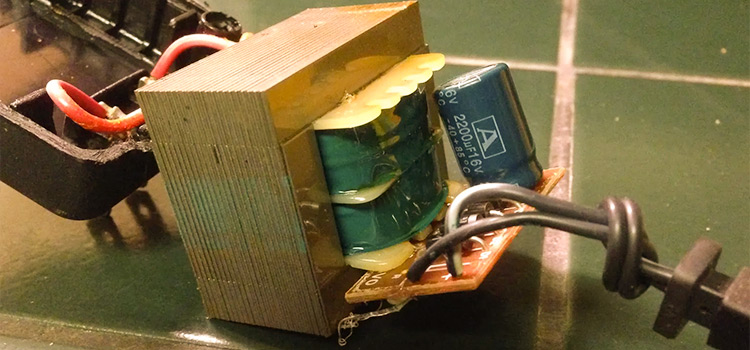How to Increase Voltage for AC and DC Sources?
For AC circuits, you can use a step-up transformer or an autotransformer to get a higher voltage output. Another way is to connect the voltage sources in series. For DC circuits, connecting the voltage sources in series helps as well. Other methods include using a boost chopper, DC to DC multiplier step-up circuit such as voltage multiplier, voltage doubler, etc.

For most modern electrical appliances, the operating voltage is 220 volt AC. However, the value differs for other countries. And as a result, you have to provide power to the devices to reach the nominal values of the power parameters. That is why increasing the voltage becomes a necessity.
Procedure for Increasing the Voltage of Different Circuits
There are several ways you can increase the voltage of a circuit. In this section, we will discuss how to increase the voltage of alternating and direct current and how we can achieve this.
Increasing the voltage of a DC Circuit
As DC transformers do not work, we cannot bring the concept of transformer increasing the voltage of DC circuit here. One of the most effective ways is to place individual DC voltages in series in the circuit. To achieve that arrangement, you have to connect the negative polarity side of every voltage source to the positive ones. As a consequence, the voltages will add up.
Another way to increase DC voltage is to use DC to DC multiplier step-up circuit such as voltage multiplier. It is a type of diode rectifier circuit that is used to produce the output DC voltage. The output DC voltage is several times greater than the applied AC input voltage.
Moreover, there is another DC to DC step-up circuit you can make use of which is the voltage doubler. If the DC source has a high voltage coupled with a Marx generator, you can get an extremely high DC output voltage. Besides, a boost chopper does a good job at converting DC to DC as well.
Increasing the voltage of an AC Circuit
Similar to a DC circuit, you can increase the voltage of an AC circuit by connecting the AC sources in series. As a result, the magnitude of all the voltages will simply add given the frequencies are the same. However, if the frequencies are different, the voltages will add in a different manner. You will have to convert them to complex forms and then add them.
An alternative way to increase AC circuit voltage is to use an autotransformer or a step-up transformer. As the number of turns in the primary coil of a step-up transformer is less than the number of coils in the secondary, the voltage induced in the secondary will be much higher. You can use a rectifier to convert the AC output into a DC output as well.
In case you have a high-frequency AC source such as a flyback transformer, you can make use of a Cockroft-Walton voltage multiplier to get a much higher output voltage. If you want to raise voltage throughout the house, you can choose a relay stabilizer as a cheap option.
Precautions for increasing voltage
Make sure you do not exceed the current declared by the manufacturers for specific devices.
Conclusion
Raising the voltage of a circuit requires you to deal with transformers, autotransformers, inverters, multipliers, and many other electrical devices. Therefore, taking safety measures is extremely important. Implementing the methods demonstrated in this article will surely help you reach your desired value of the voltage.
Subscribe to our newsletter
& plug into
the world of circuits